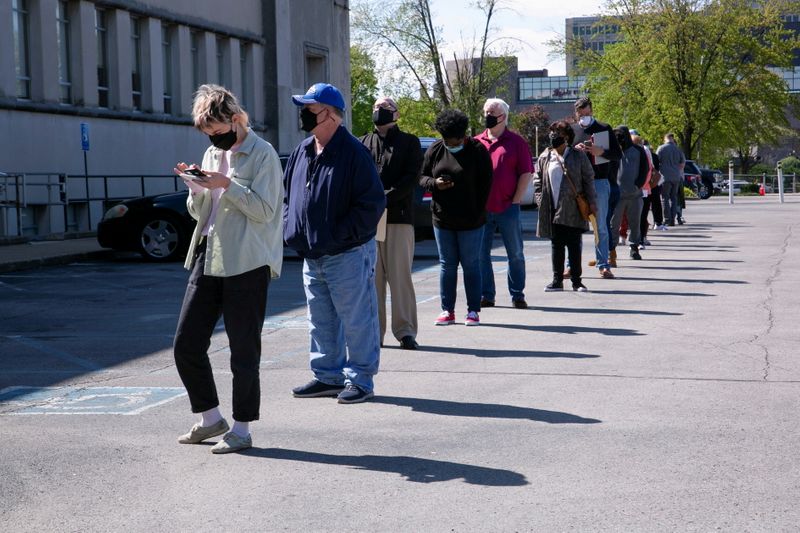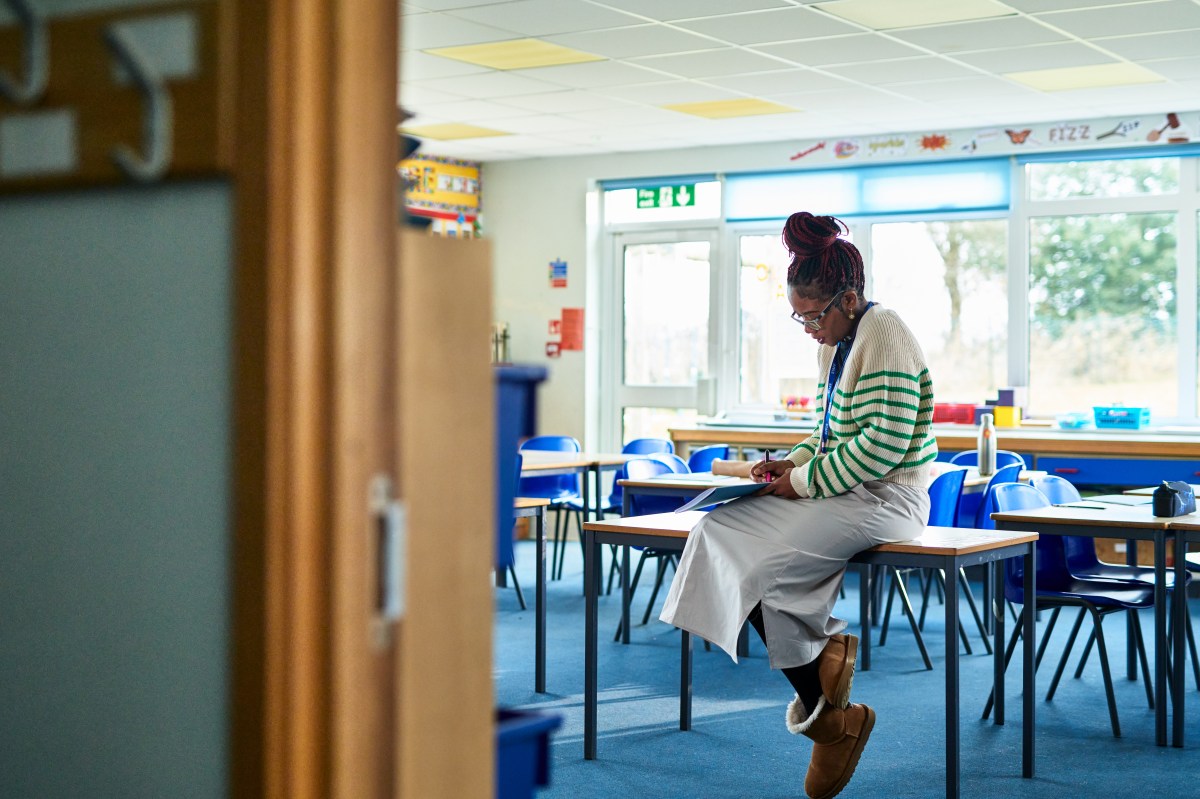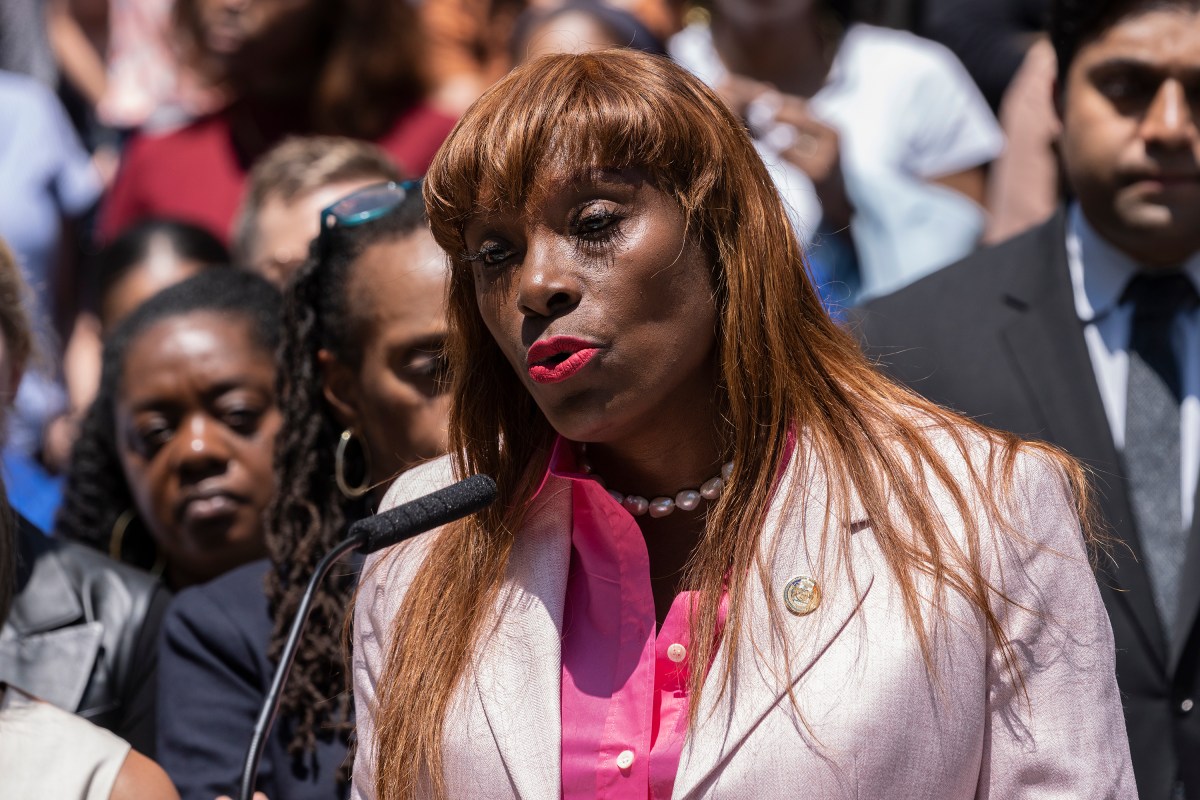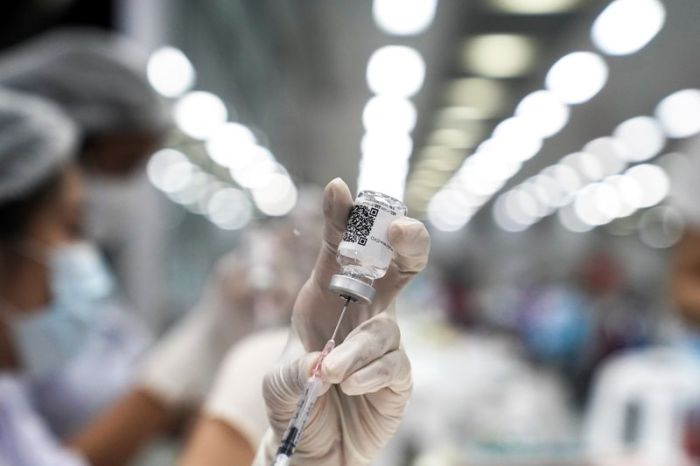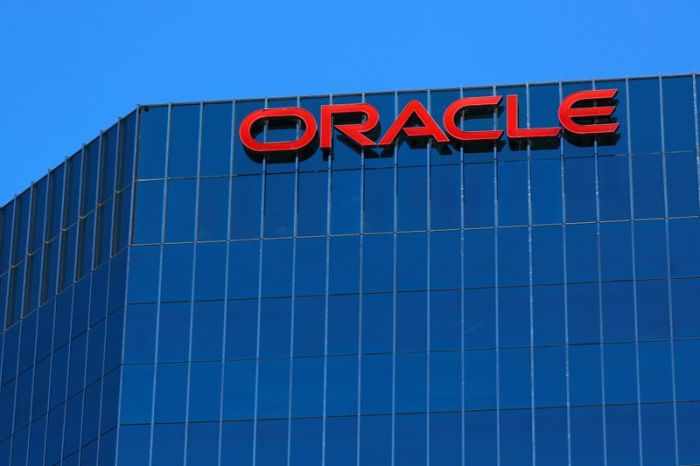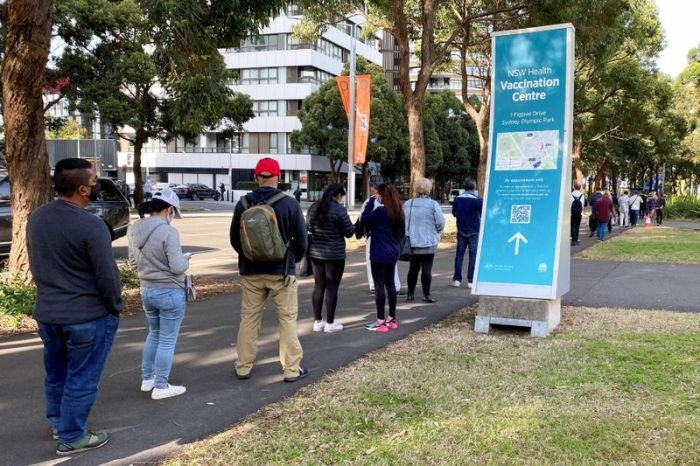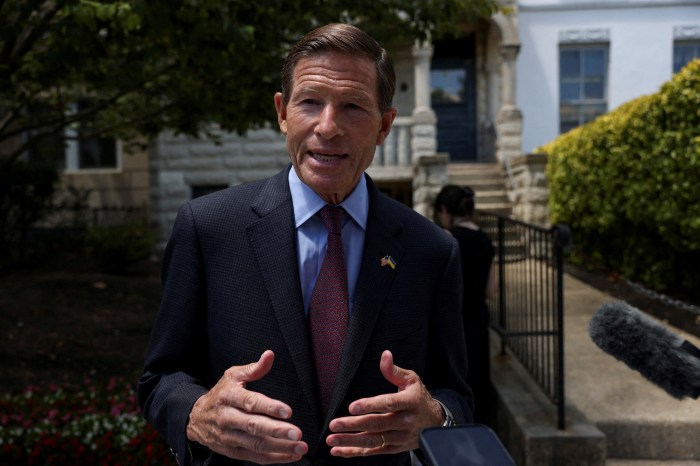WASHINGTON (Reuters) – Fewer Americans filed new claims for unemployment benefits last week as the labor market steadily recovers from the COVID-19 pandemic amid a reopening economy, but a dearth of willing workers could hinder faster job growth in the near term.
The economy appears to be at cruising speed more than half way through the second quarter, with other data on Thursday showing strong growth in business spending on equipment in May. While the goods trade deficit widened, that was because of an increase in imports as businesses desperately try to keep up with robust demand. Retailers’ warehouses are almost bare.
“It looks like the economy continues to astound us with the speed and strength of the recovery from what is turning out to be the quickest recession in history,” said Chris Rupkey, chief economist at FWDBONDS in New York.
Initial claims for state unemployment benefits fell 7,000 to a seasonally adjusted 411,000 for the week ended June 19, the Labor Department said. Data for the prior week was revised to show 6,000 more applications received than previously reported. The first increase since late April was blamed by economists on volatility in the aftermath of the May 31 Memorial Day holiday.
Economists polled by Reuters had forecast 380,000 applications for the latest week. There was a surge in claims in Pennsylvania last week. The state upgraded its filing system this month and the transition could have caused a backlog. There were sizeable declines in California, Florida and Illinois.
Claims have dropped from a record 6.149 million in early April 2020, but are still above the 200,000-250,000 range that is viewed as consistent with a healthy labor market. Despite last week’s modest decline, layoffs are trending lower, with companies scrambling to fill a record 9.8 million job openings.
The claims data could become volatile in the weeks ahead as 26 states with mostly Republican governors pull out of federal government-funded unemployment programs, including a $300 weekly check, which businesses complained were encouraging the jobless to stay at home. The early termination started on June 5 and will run through July 31.
Louisiana is the only state with a Democratic governor to terminate federal benefits. For the rest of the country, these benefits will lapse on Sept. 6. There is no evidence so far of a surge in job searches in the 12 states that have already ended the federal benefits.
“The fits and starts in the labor market should be expected and imply that a premature withdrawal of support for the unemployed would be a policy error that will reduce overall economic activity,” said Joe Brusuelas, chief economist at RSM in New York.
At least 150 million Americans have been fully vaccinated against the coronavirus, allowing the economy to begin reopening. A shortage of childcare facilities is keeping some parents, mostly women, outside the labor force. Some people also are hesitant to return to work out of fear of contracting the virus. Pandemic-related retirements and transitions into new careers are factors as well.
Federal Reserve Chair Jerome Powell told lawmakers on Tuesday that he believed the economy would see strong job creation in the fall.
Stocks on Wall Street were trading higher, with the Nasdaq and S&P 500 indexes hitting all-time highs. U.S. Treasury prices were mixed.
STRONG GROWTH
The number of people continuing to receive benefits after an initial week of aid dropped by 144,000 to 3.390 million in the week ending June 12. At least 14.8 million people were receiving unemployment checks under all programs in the first week of June, compared to 31.3 million during the same period in 2020.
In addition to the brightening public health situation, trillions of dollars in pandemic relief from the government are underpinning the economy. In a separate report on Thursday, the Commerce Department said shipments of non-defense capital goods excluding aircraft, a closely watched proxy for business spending plans, rose 0.9% in May after gaining 1.0% in April.
Core capital goods shipments are used to calculate equipment spending in the government’s gross domestic product measurement. But supply bottlenecks could be slowing momentum.
Still, a strong rebound in corporate profits and excess savings accumulated by households should allow factories to weather the production and labor supply constraints. Profits from current production increased $55.2 billion in the first quarter after decreasing $31.4 billion the fourth quarter.
“We expect strong revenues this year while margins remain well-supported as stronger productivity growth and increased pricing power offset higher labor costs,” said Lydia Boussour, lead U.S. economist at Oxford Economics in New York. “The summer will be hot for the U.S. economy.”
Strong demand and tight supply are forcing businesses to turn to imports, boosting the trade deficit. In a third report, the Commerce Department said the goods trade deficit increased 2.8% to $88.1 billion in May. While inventories at wholesalers rose 1.1%, stocks at retailers dropped 0.8%. That mostly reflected a 5.3% decline in inventories of motor vehicles. Auto production has been hampered by a global semiconductor shortage.
The swelling goods trade deficit and falling retail inventories did little to change economists’ robust GDP growth expectations for this quarter, with estimates around a 10% annualized rate. The Commerce Department confirmed in a fourth report that economic growth accelerated in the first quarter, thanks to the massive fiscal stimulus.
The economy grew at a 6.4% rate last quarter, unrevised from the estimate published in May. That followed a 4.3% pace of expansion in the fourth quarter.
(Reporting by Lucia Mutikani; Editing by Paul Simao)

